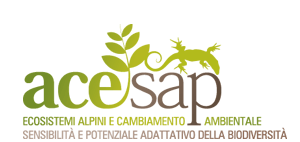| The effects of environmental contaminants (i.e., nonylphenol, bisphenol A diglycidyl ether, benzo[a]pyrene, chlorpyriphos, paraquat dichloride, and lead nitrate) on Chironomus hemoglobin were investigated in the 4th instar larvae of Chironomus riparius (Diptera: Chironomidae), with respect to the total hemoglobin contents, individual globin gene expression, individual globin protein expression and hemoglobin oxidation. In our studies, 7 and 6 globin isoforms were preliminarily characterized by molecular weight and isoelectric point, respectively, in the 4th instar larvae of C. riparius. Most chemicals were unable to modify the total hemoglobin contents, however, the expression patterns of the globin transcript and proteins suggest that C. riparius globin exists in both inducible and consecutively expressed forms, with multiplicity that may allow this animal to better adapt toward stressful environmental conditions, including pollution stress. The oxyhemoglobin was observed to be downregulated in C. riparius on exposure to bisphenol A and chlorpyriphos, probably reflecting its increased autoxidation to methemoglobin. The overall results would suggest that globin can be a target molecule of environmental contaminants, and of the tested parameters, the alteration of individual globin levels (i.e., mRNA or protein levels) may have potential for the development of a biomarker for ecotoxicity monitoring. |
 Effects of environmental( 522 KB)
Effects of environmental( 522 KB)





